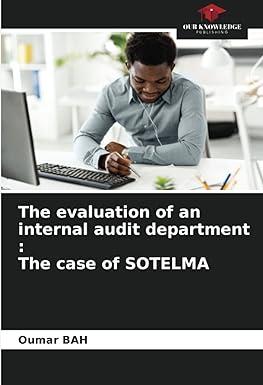Question
The financial pathway to green manifests itself as a dichotomous and mutually-exclusive choice between a hybrid car which entails fossil fuel directly and an all-electric
The financial pathway to green manifests itself as a dichotomous and mutually-exclusive choice between a hybrid car which entails fossil fuel directly and an all-electric car which doesnt. This exercise frames the decision-making process into a typical mutually-exclusive capital budgeting analysis. We choose Toyota Prius as the hybrid and the Nissan Leaf as the all-electric car.
In August 2015, a Toyota Prius lists at $26,985 as its manufacturer suggested retail price. The corresponding retail price for the Nissan Leaf lists at $29,010.
The Prius has a city-highway combined efficiency of 50 miles per gallon. For the base-case analysis, lets assume a gas price at $3.00 per gallon. This will result in a mileage efficiency of 6 /mile.
The Leaf has an efficiency of 5.4 miles/kWh.[1]For base-case analysis, lets assume electricity supply at a price of 12 /kWh. This will result in a mileage efficiency of 2.2222 /mile.[2]For simplicity of analysis, lets assume a driver who needs to drive 12,000 miles a year or 1,000 miles a month for work, school, and other transportation needs. Lets further assume the driver faces an auto loans interest rate of 3% per year or .25% per month.
Next, we perform 2-variable sensitivity analyses over ranges of plausible values for the two variables by calculating the discount payback which is simply the number of years it entails to breakeven the extra $2,025 upfront payment for the all-electric Nissan Leaf. For the Prius, we choose gas price as the variable for a range of 2.00 $/gallon to 6.00 $/gallon over a 50-increment. For the Leaf, we choose three variables, namely the interest rate from 0% to 6% per year, electric supply rate from 8 /kWh to 16 /kWh, and tax credit for buying the electric car from $0 (the base-case analysis above) to $2,000 at $500 increment. Beware of the #NUM! output when applying the Excels Data, What-if Analysis, Data Table mode. They are not spurious output but do have their own significant economic interpretation. Those who need help with the Data Table function in Excel, please refer to the Appendix where a similar numerical example was presented as an illustration.
We expect three output tables as follow:
| Gas price, $/gallon | ||||||||||
| 2.00 | 2.50 | 3.00 | 3.50 | 4.00 | 4.50 | 5.00 | 5.50 | 6.00 | ||
| Interest rate, % p.a. | 0 | |||||||||
| 1 | ||||||||||
| 2 | ||||||||||
| 3 | ||||||||||
| 4 | ||||||||||
| 5 | ||||||||||
| 6 | ||||||||||
Table 1: Discounted payback, in years, of an all-electric Leaf over the hybrid Prius at various gas prices and various auto loan interest rates. (20%)
Q5: What does the output #NUM! mean financially in Table 1 if you change the price spread from $2,025 to $4,000? Use numbers to justify your answer.
Now, change the price spread back to $2,025 before answer the following questions.
Q6: From Table 1, make two ceteris paribusstatements on the discounted payback on each variable. Then, make another combined statement on discounted paybacks trend based on both variables. (20%)
Q7: From Table 2, make two ceteris paribusstatements on the discounted payback on each variable. Then, make another combined statement on discounted paybacks trend based on both variables.
(20%)
Q8: From Table 3, make two ceteris paribusstatements on the discounted payback on each variable. Then, make another combined statement on discounted paybacks trend based on both variables.
(20%)
Step by Step Solution
There are 3 Steps involved in it
Step: 1

Get Instant Access to Expert-Tailored Solutions
See step-by-step solutions with expert insights and AI powered tools for academic success
Step: 2

Step: 3

Ace Your Homework with AI
Get the answers you need in no time with our AI-driven, step-by-step assistance
Get Started


